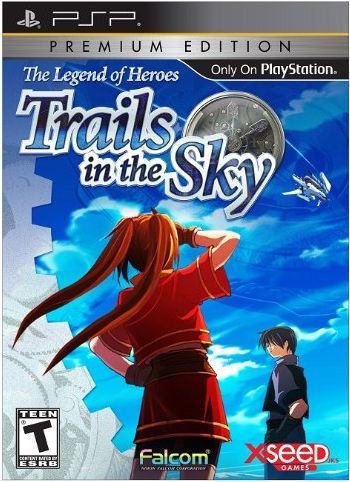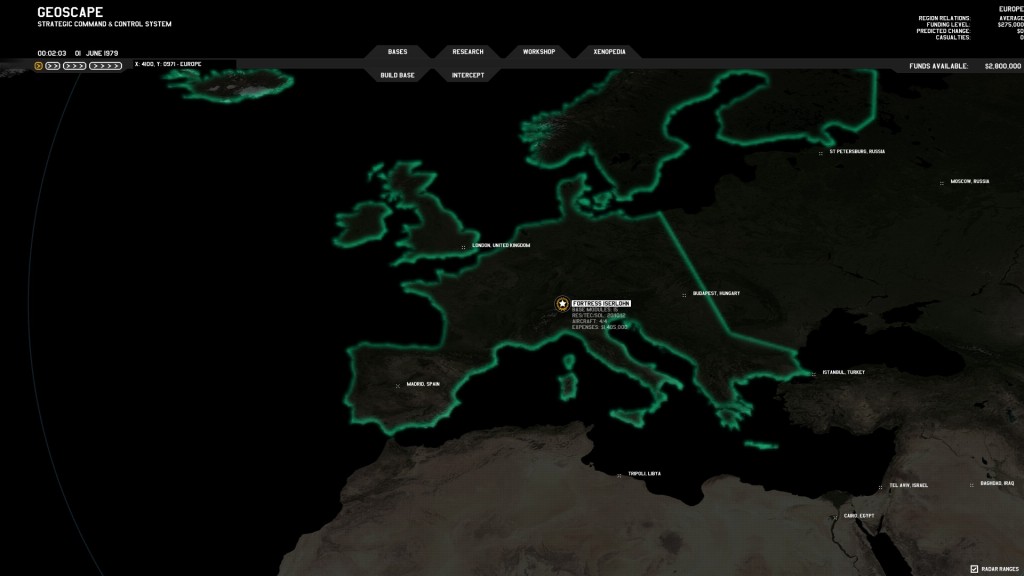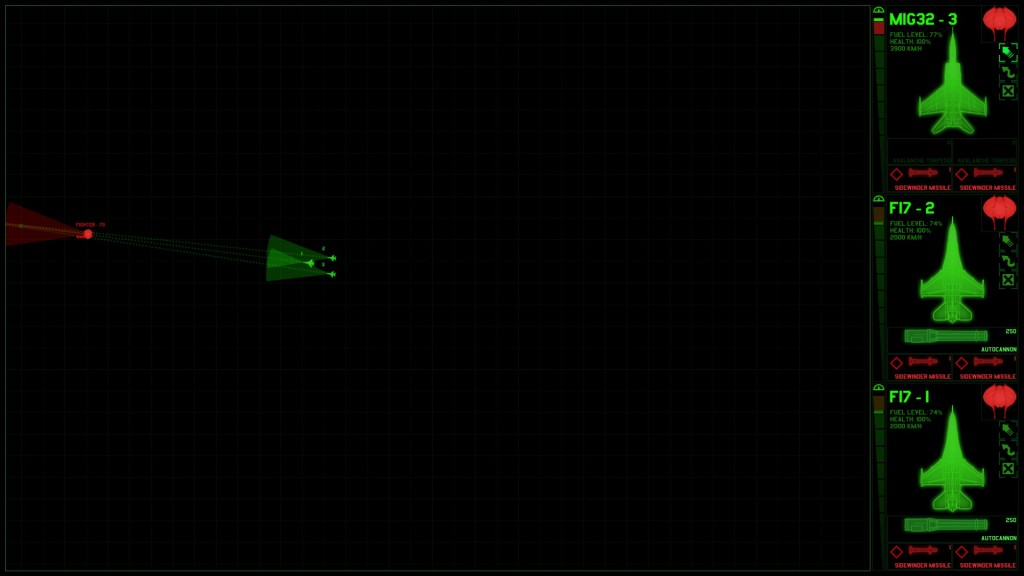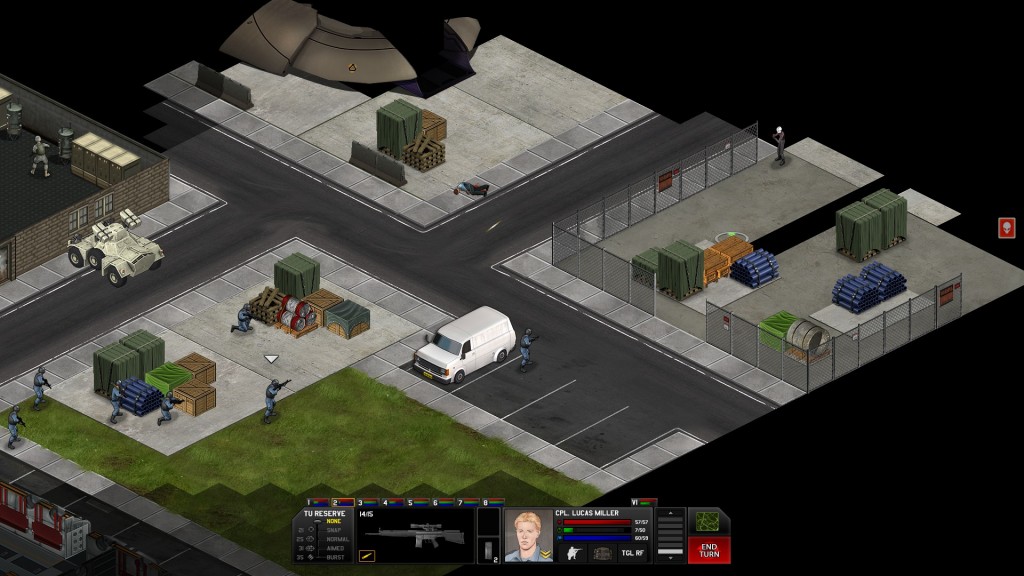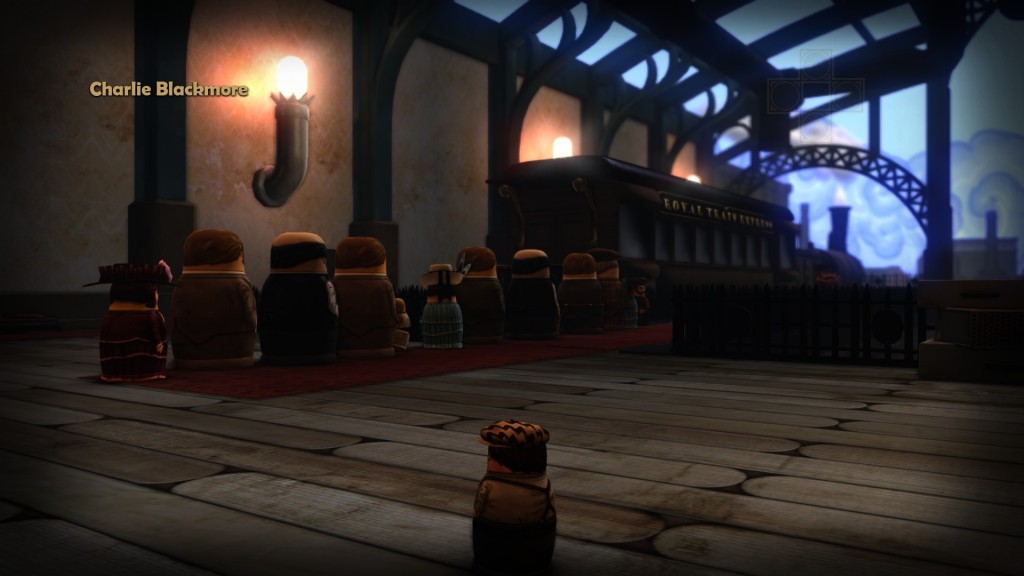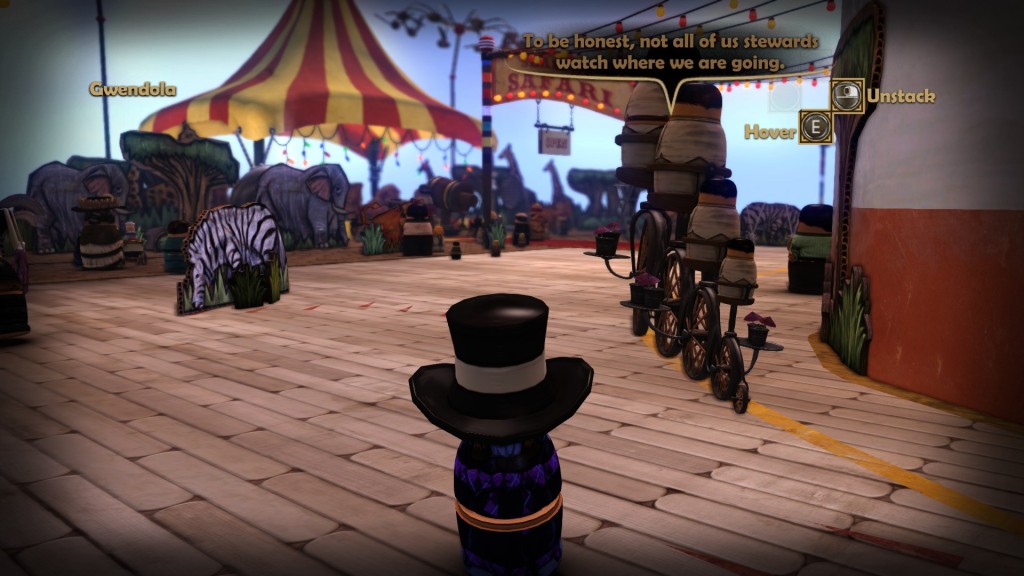Warlock: Master of the Arcane is very upfront about what type of game it is. The first word tells you everything you need to know. Warlock – person who uses magic; this part is readily apparent. Add a hyphen, and a second meaning emerges. War-lock – a game where you are, essentially, locked into perpetual war until a lone victor stands atop a pile of skulls.
Warlock bears a much-remarked upon resemblance to Civilization V, and is described by its own marketing as a 4X game. The Xs comprise: explore, expand, exploit, exterminate. These factors combine to create a certain expectation in the player, and I do not think that serves Warlock particularly well. Compared to more traditional 4X games, such as the Civilization series or Master of Orion, Warlock has a narrower, deeper focus. If you enter the game with the wrong expectations, it is easy to be disappointed by what it does not offer. Let’s get those factors out of the way right at the beginning, so we can focus on what Warlock does offer. There are not many peacetime options, and peace acts as a chance to prepare for the next bout of fighting. Diplomacy is very poor indeed. Whilst it is possible to form alliances, and a few other diplomatic staples, the AI is generally reluctant to play along. City management is quite lightweight. Terrain has no influence on city production outside of special resource hexes, and impassable hexes like mountains. Terrain is very important when it comes to unit movement and combat calculations, however. Constructing as many cities as possible is the best strategy; there is no equivalent to other game’s happiness or corruption to hold back the sprawl, and no advantage gained from remaining small.
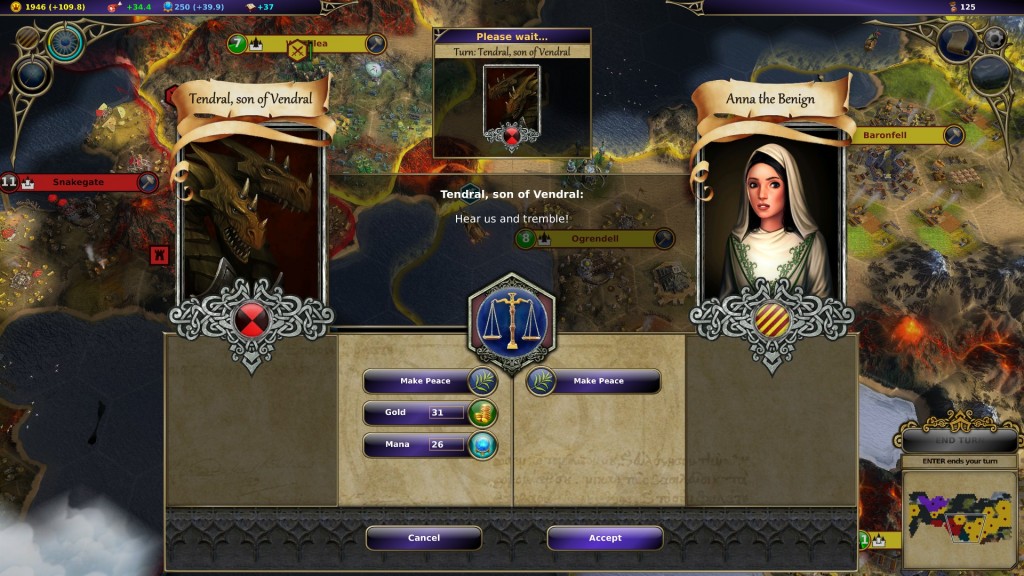
What does Warlock do well? Creative, flexible, occasionally deranged warfare. It’s a game where open-minded players will thrive. Magic allows the game to offer additional solutions to age-old strategic questions such as, “How can I break through this choke point?” To answer that question with Warlock‘s toolset, you can:
1) Use strong units to assault the choke point head on, grinding your way through in a battle of attrition.
2) Use ranged units and magic attacks to weaken the defending units before sending in your heavies.
3) Use a ship to bombard the enemy from the sea, if terrain permits.
4) Use a teleport spell to send individual units behind enemy lines.
5) Summon units like imps or ghost wolves behind enemy lines
6) Use a spell such as “water walking” or “levitation” to flank and/or bypass the choke point.
7) Use a unit which can naturally fly to flank and/or bypass the choke point.
8) Use debuff spells like “weakness” to reduce the defenders to pitiful shadows of their former selves.
9) If the enemy unit is using a particular damage type, cast defensive spells of the appropriate type to make your unit partially immune to the enemy’s attacks.
10) Use magic to resurrect dead units and send them right back in for another go.
11) Dragons. Nobody likes being burped on by a dragon.
That’s quite a range of options! Sometimes the detail is as important as the outline. Yes, you can send in a unit of flying swordsmen. You can also send in a unit of knights riding flying donkeys, or water-walking tophat-wearing werewolves! Hence the aforementioned “occasionally deranged”. Warlock does not always take itself seriously.
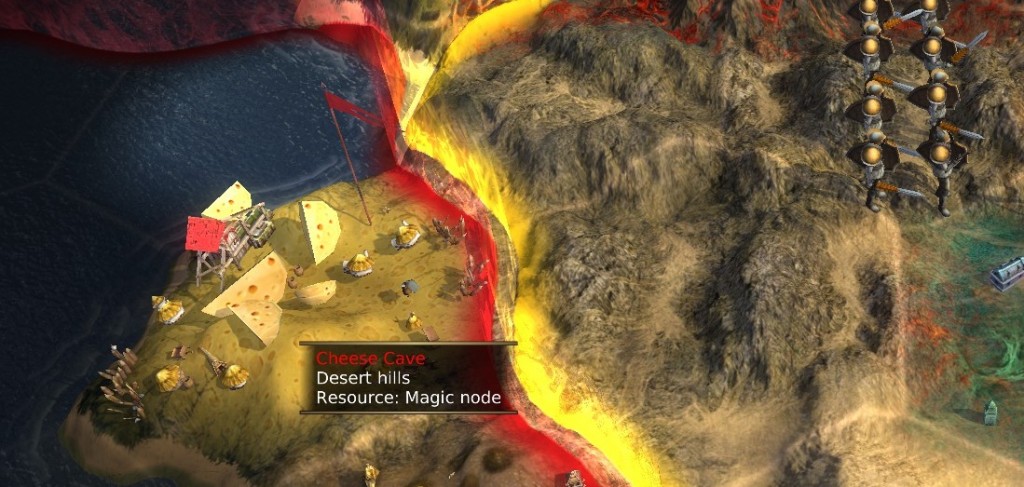
While there are only three playable races, they are well individualised. In addition to having unique graphics, buildings, and units, each race is tailored to utilise – and produce – one of the three main resources more heavily than the others. The undead are geared towards mana, humans gold, and monsters food. In the early game, playing towards these strengths is important. By the mid-game, a diligent player will have captured at least one city of each race. At this point specialisation pays dividends; the racial production bonuses and unit recruitment apply no matter who owns the city. Thus, an undead city owned by humans will still produce more mana, still consume mana instead of food to support its populace, and still have the potential to recruit various types of skeleton warriors. There will, however, be a 20% penalty on resource production if the owner is not of the same race.
Unit variety is not as limited as the small number of playable races might imply. In addition to the three playable races, the game features numerous minor races. Enterprising warlocks can recruit units from races including elves, dwarves, dragons, and minotaurs. These units are not casual re-skins of the major races’ units; they have their own building requirements, strengths and weaknesses. As you might expect, you can also summon magical creatures to serve in your army, from ghostly wolves to greater elementals. The hostile “wild” unit spawns feature a diverse array of units. In total, the game offers a very generous range of units. Units acquire experience during combat and over time, and will level up at set amounts. Each time they level up, they can choose one of three perks. The game features a wide range of unit upgrades, such as masterwork armour or enchanted weaponry. There is no limit to how many of these upgrades a unit can possess. Once available, upgrades can be purchased for any eligible unit. Lower tier units can also be upgraded into more advanced forms once the necessary buildings have been constructed. This means three things: units never become obsolete, units become highly personalised, and veteran units become powerhouses.
Spell research is quite simple. You begin the game with a set amount of research coming in. To increase it you must build certain city improvements on special resource tiles, e.g. an excavation on some ancient ruins. Research does not increase with city quantity, nor with population growth, gold income, or any of the other genre staples. The game will present 5 spells, each chosen randomly. Select one, research it, and you will be offered another 5. The spells which you passed over last time will remain, and the one you researched will be replaced by a new random selection. This randomness can, on rare occasions, be rather frustrating. Gaps will be left in your repertoire until you have played long enough to perform a lot of research. If you lack a favourite attack or buffing spell, you can usually improvise with another. This is a welcome prompt to player creativity. However, if you lack a more specialised spell, such as the one which allows you to banish curses like the “mana drain” spell, you may need to soldier on under the penalty until the research screen finally offers the correct option.
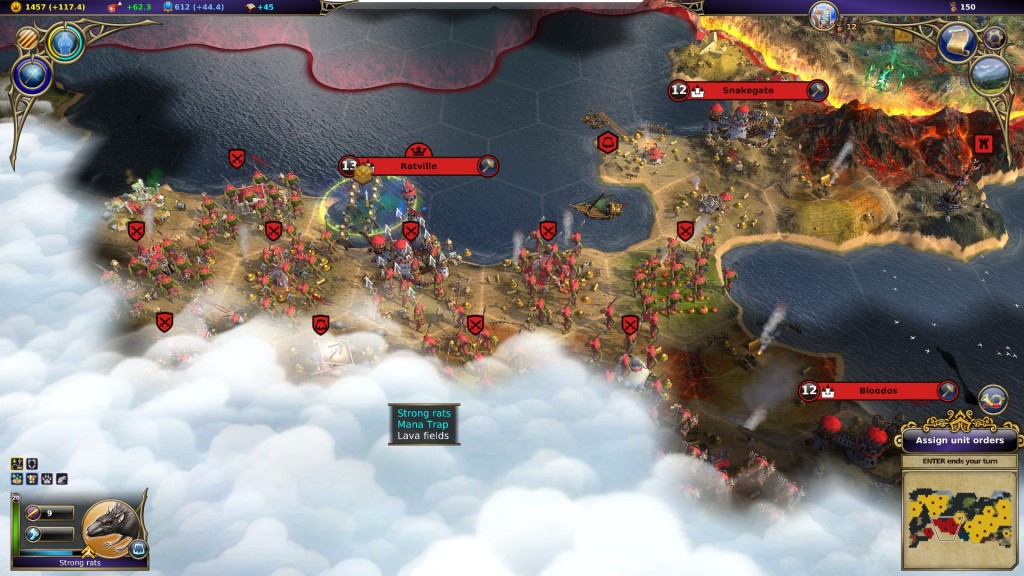
Warlock‘s AI is best described as competent. Unless it finds itself hemmed in by other factions, poor terrain, or very strong wild monsters, it can be relied upon to expand. It’s smart enough to pack its cities in densely but not to the point where it over-crowds, thus ensuring maximum usage of space and making defence easier. On the default difficulty the AI does not seem to recruit large armies; however, it is happy to do so on higher difficulties. It recruits a mixed force, using melee, ranged and magical units. Happily, it uses the units correctly! Warlock will not hide its melee units behind its mages, and will attempt to skirmish its ranged units back to safety whilst shooting. The AI is definitely better on the defensive. It is capable of complex movements such as surrounding an isolated unit, swapping damaged units for fresh ones, and using multiple attacks on a single target. It will gleefully use magic against you, with the area of effect fireball spell being a particular favourite. The AI will always use cities and defensive towers to attack when an enemy unit is within their range. Sadly, the AI fares less well when it goes on the offensive. It fails to send sufficient units to get the job done, trickling in two or three units at a time for the player to kill. It will only send more units when the first wave is dead. It attacks the same locations repeatedly, predictably, futilely. The main problem lies with the AI’s unit selection: it insists on using basic and mid-tier units to the exclusion of all else. It will apply some upgrades and magical buffs to its units, but will not take it as far as the player. This means that in a unit-to-unit comparison the AI is badly out-classed from the mid-game onwards. It doesn’t matter how many units it fields in home defence if the player’s units are killing them in a maximum of three hits, with one or two hits being very much the norm.
The game’s stiffer challenge lies in exploring the alternate dimensions. Accessed via set portals, these separate maps are packed with Warlock‘s strongest units. Tempting rewards lure the player in. Certain resources do not exist in the normal world, and can only be found inside these alternate dimensions. Other resources are exceptionally rare in the normal world yet abundant in the alternates. Should a beachhead be established, cities can be built, and this provides a measure of back-up should matters go pear-shaped in the normal world.
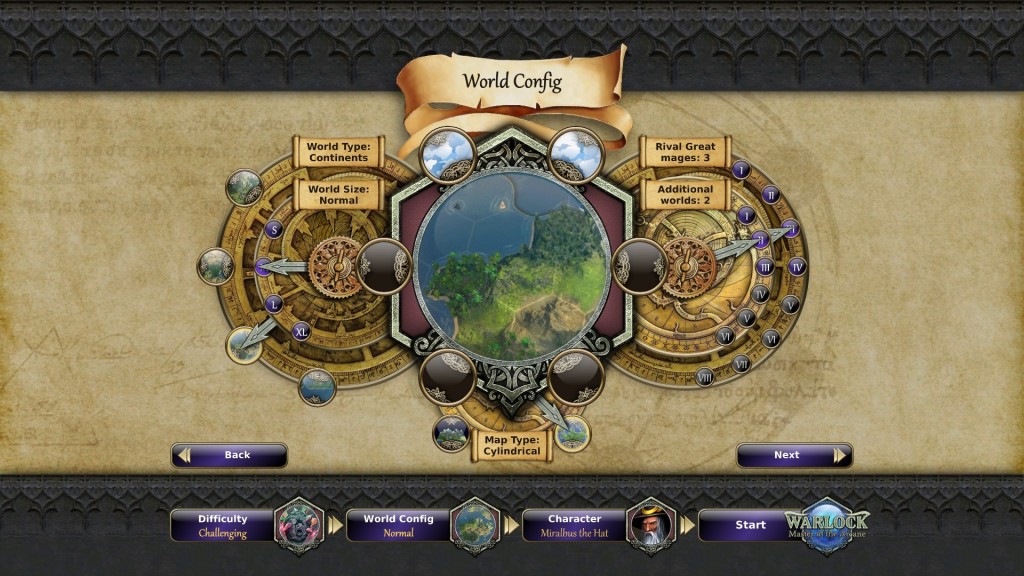
The interface is clean and easy to get on with. Most important information is available at a glance, and breakdowns of global resource income are accessed via tooltips. Combat predictions are accurate and detailed, although the occasional critical hit sees a unit doing more damage than predicted. Hotkeys are present, if sparse. I do feel that the developers missed an opportunity when it comes to scoring. There isn’t any! It would be nice to gauge the relative strength of each warlock. A Civilization IV-style post-game breakdown would also be appreciated. In a game which places such importance on individual units, it’s a little strange that there’s no way to track how many kills you have made, how many units you have lost, how many kills each unit has, and so on. The lack of a proper in-game encyclopaedia is keenly felt. Right-clicking a unit or spell will bring up a little encyclopaedia entry, complete with stats and lightly comical descriptive blurb. But if you do not have the item available to right-click you have no way to access the entry.
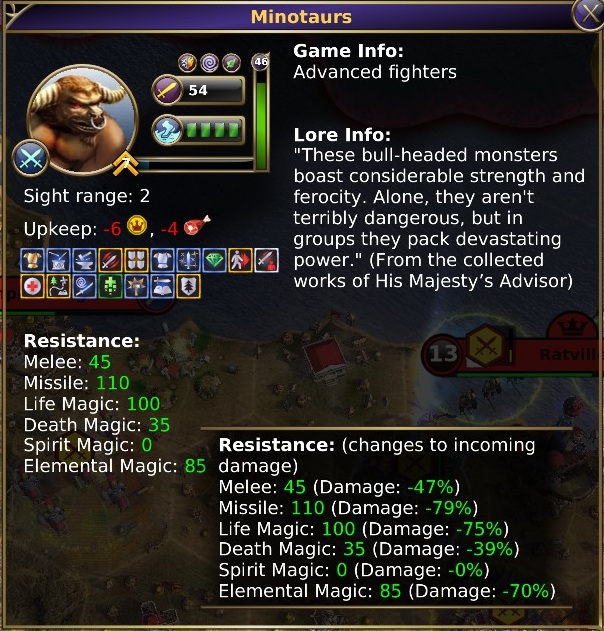
Warlock does not feature a campaign, and currently lacks multiplayer. It does have a fully-featured random game generator. There’s a variety of map sizes and types, and you can control the number of AIs and extra dimensions. If you do not wish to use a pre-set warlock, you can create your own using a small yet significant selection of perks. Sadly, it is not possible to tinker with advanced settings, such as wild monster spawn frequency, starting resources, or available victory conditions. The map generator does throw out the occasional nasty starting position. Some players may enjoy this as a challenge; others will want to re-roll. Replay value is moderate to high.
Warlock: Master of the Arcane is a game which set out to meet specific goals, and it has succeeded in that. Within its narrow focus, it offers a generous toolkit and gives the player room to experiment. It is not a game for everyone. Peaceniks need not apply! Other strategy gamers should at least download the demo and search for the fabled cheese caves.
We hope you enjoyed this post! To quickly find this post, and our other reviews, click the “reviews” tab at the top of this page.
Resources
The basis of my review
Length of time spent with the game: 4 completed games, approx 38 hours of play (including time spent with the demo).
What I have played: Normal and challenging difficulties; small, normal and large map sizes; continents and super-continent map types.
What I have not played: Impossible difficulty, and those rated below normal; two remaining map types; the largest map size.
Rachel McFadden (aka frogbeastegg) has been gaming since she discovered the original Prince of Persia on the IBM 286sx PC. Whilst strategy and RPGs are her preferred genres, she is a multiplatform gamer who will play almost anything provided it isn’t sport, car racing, or multiplayer only. Under the frogbeastegg name Rachel has written guides for many of the Total War series, various AARs for strategy games, and a few pieces of fiction. When not engaged in reminding various virtual populaces that she is in fact the Supreme Ruler of the Universe and the One True Hero, Rachel can typically be found with her nose in a book.
Note: the above comments are based on a review copy supplied by the game’s publisher, Paradox Interactive.
